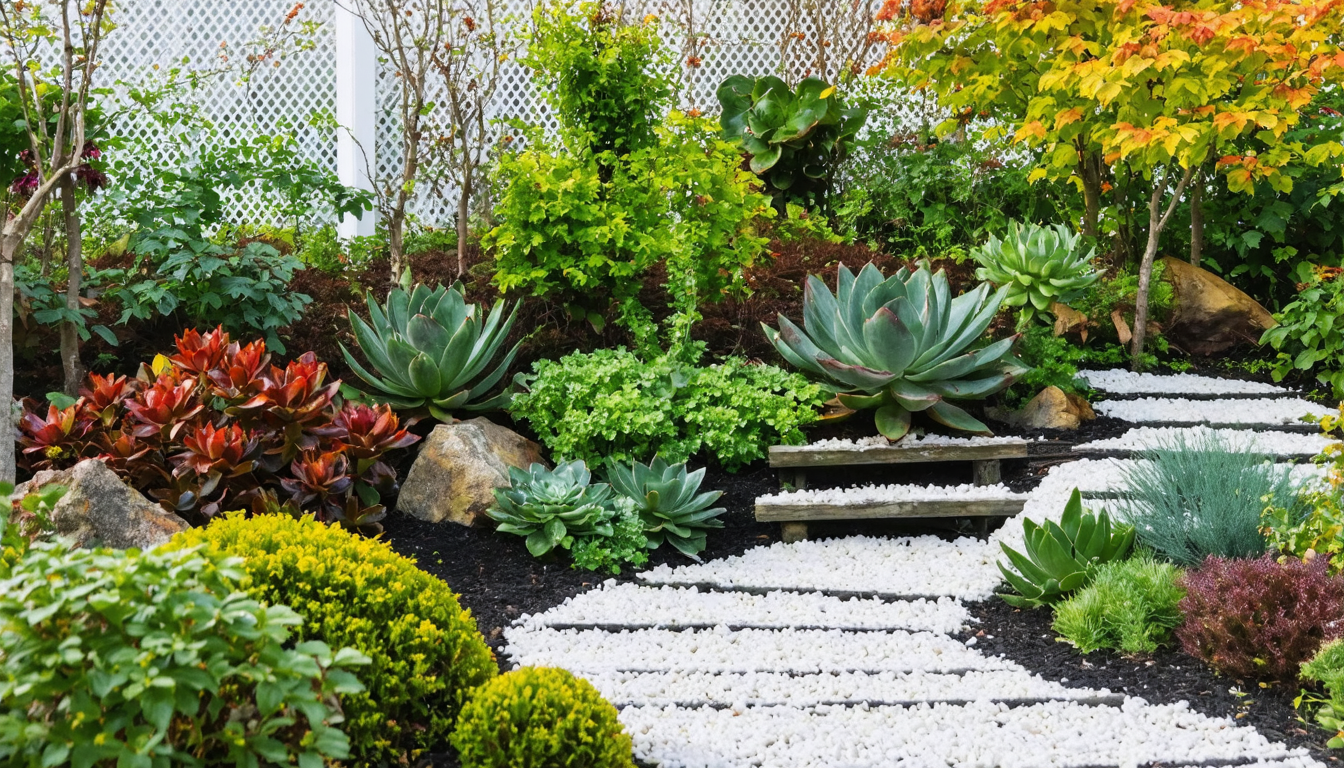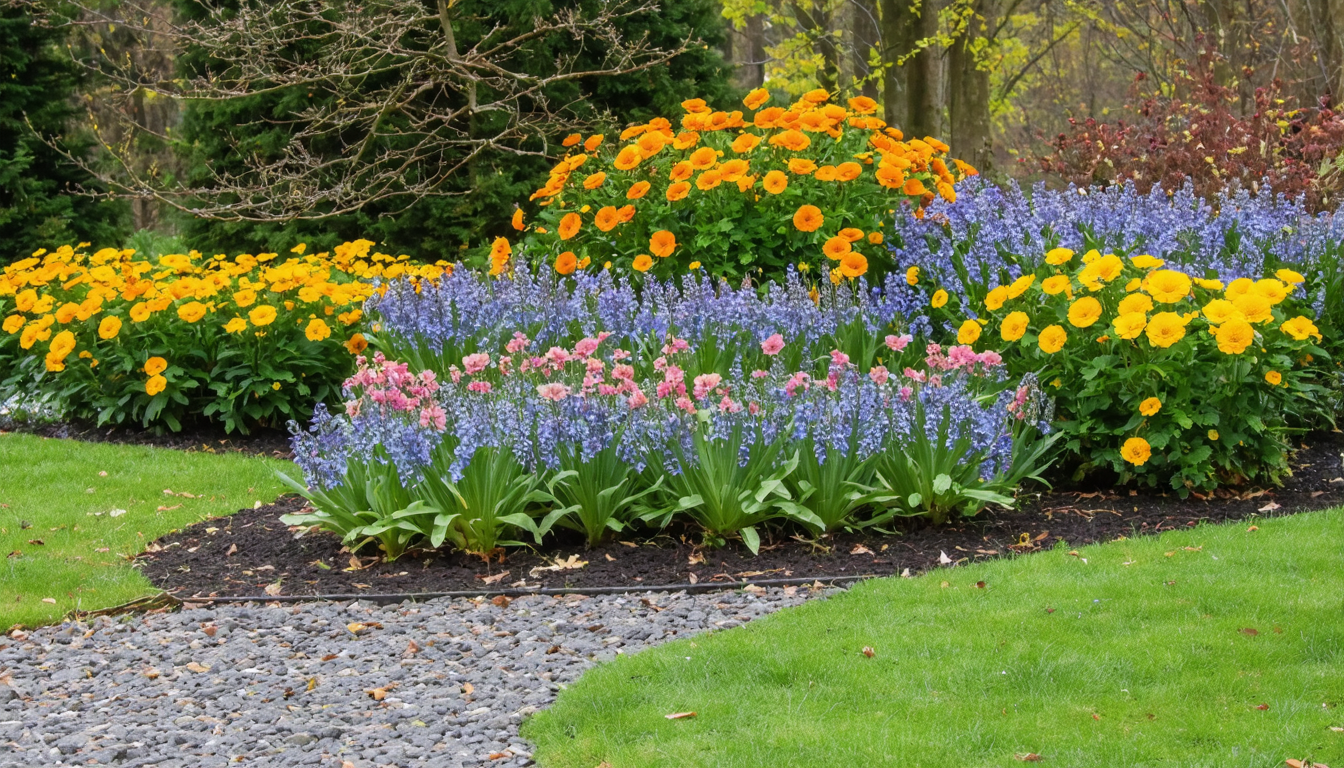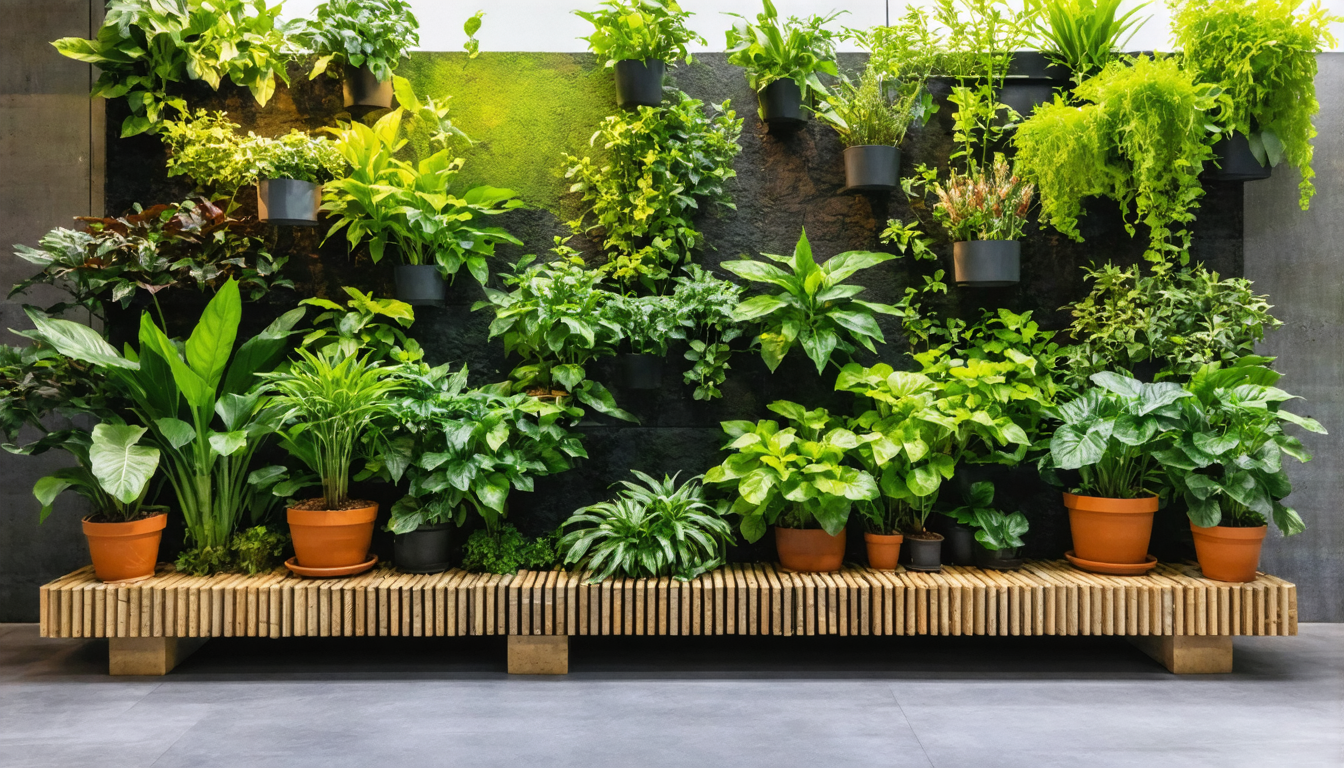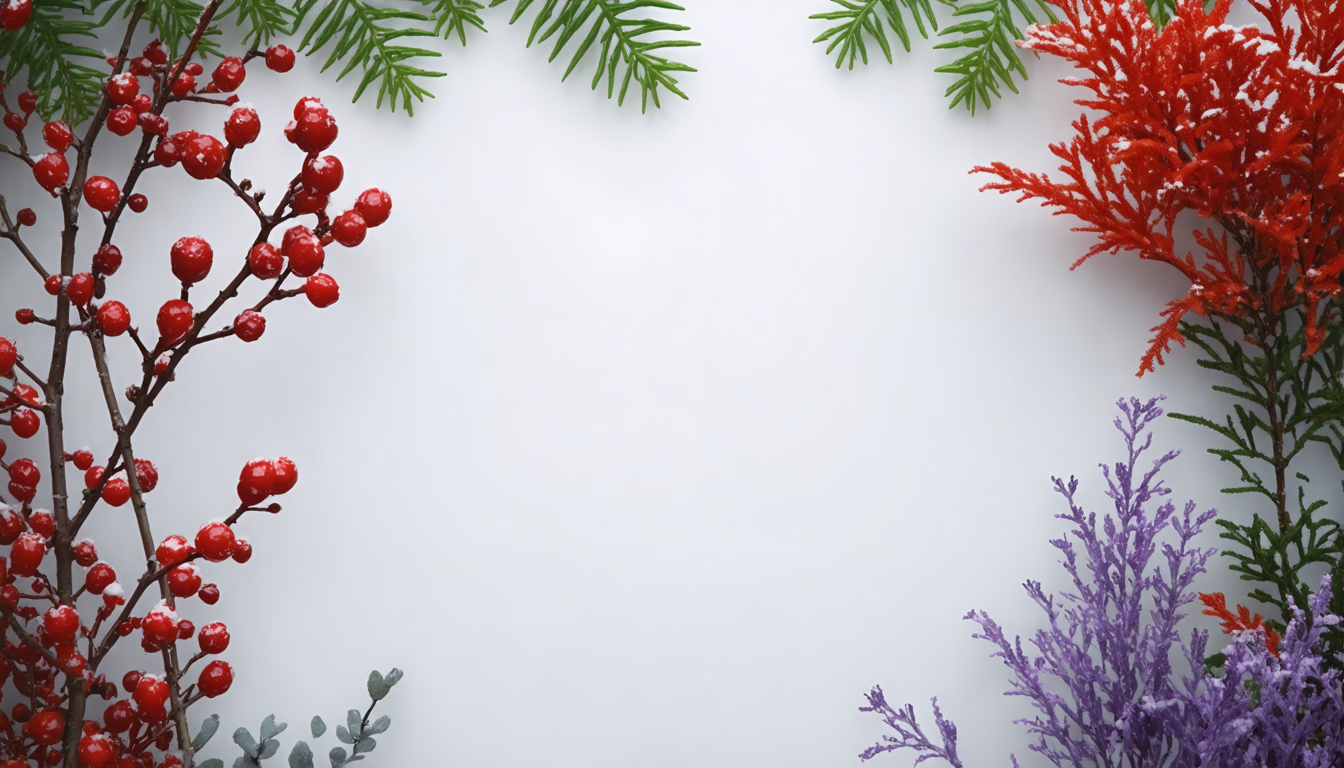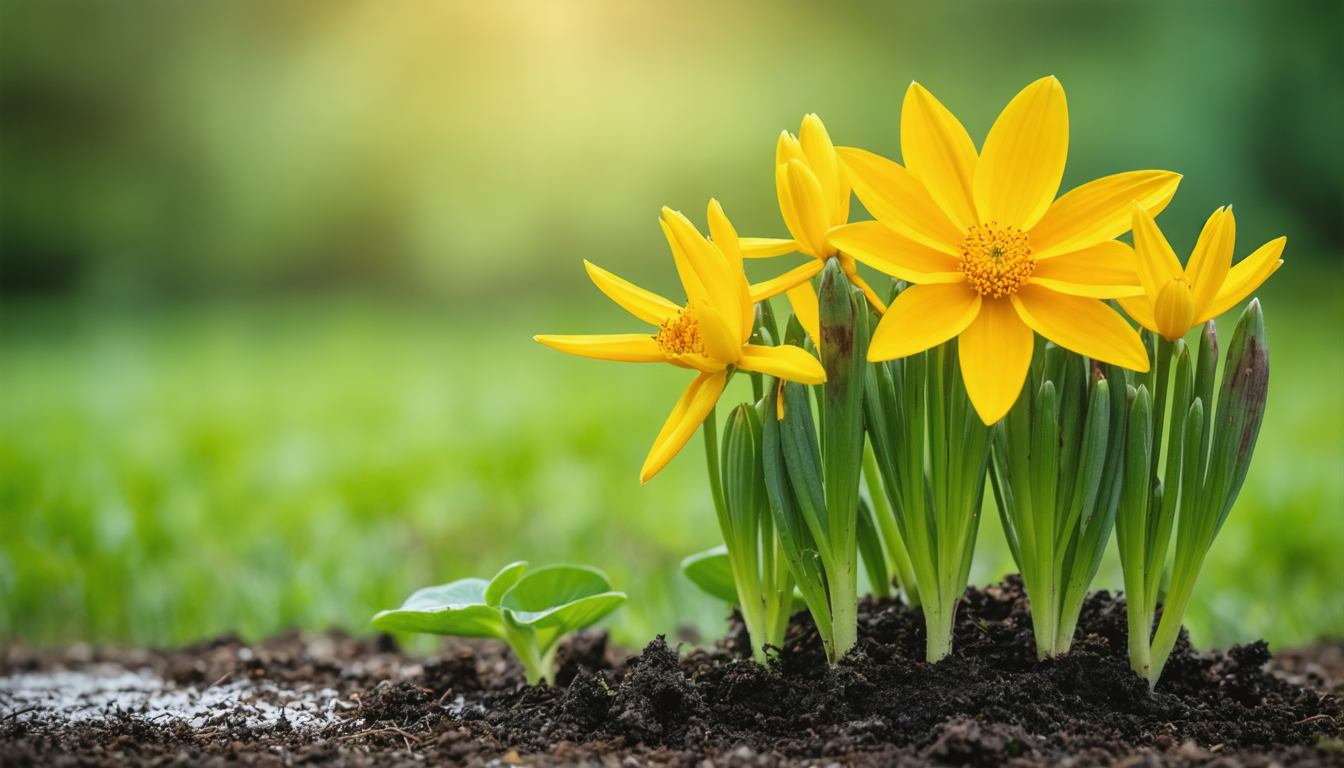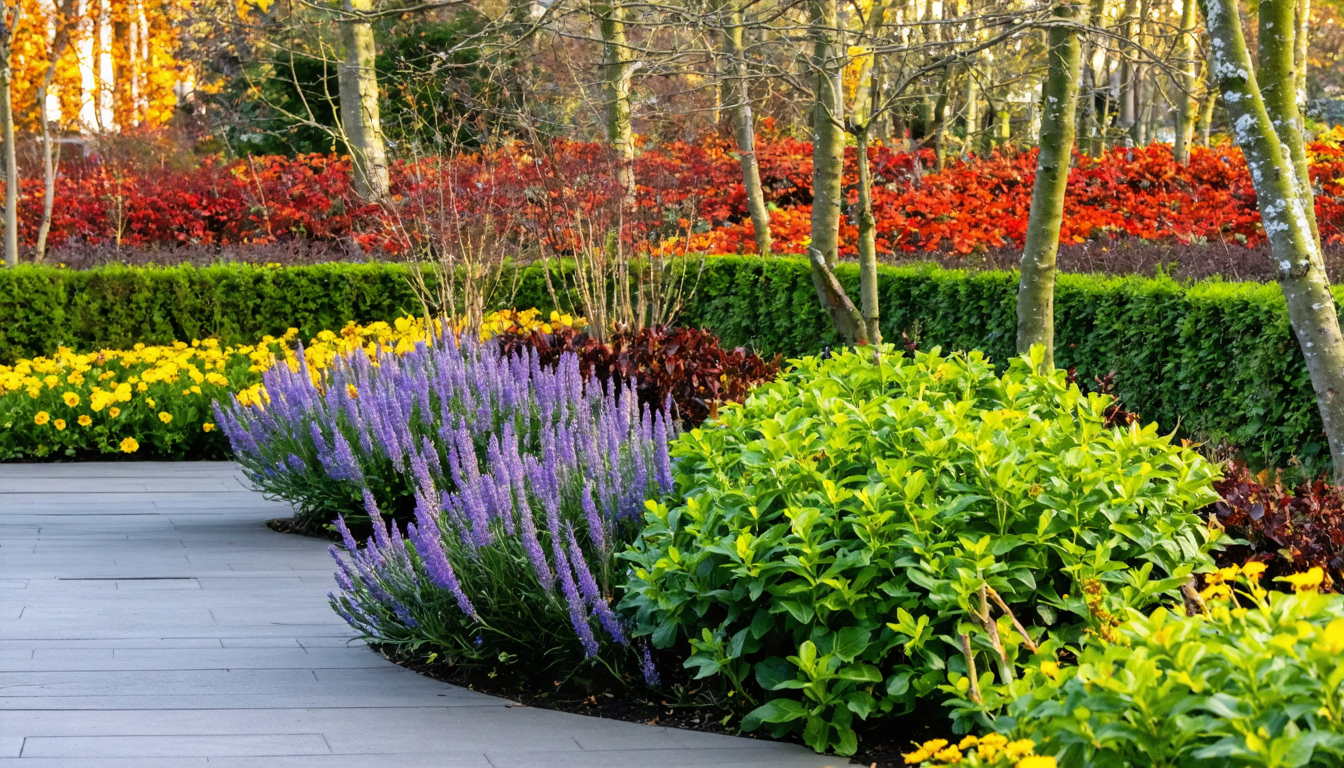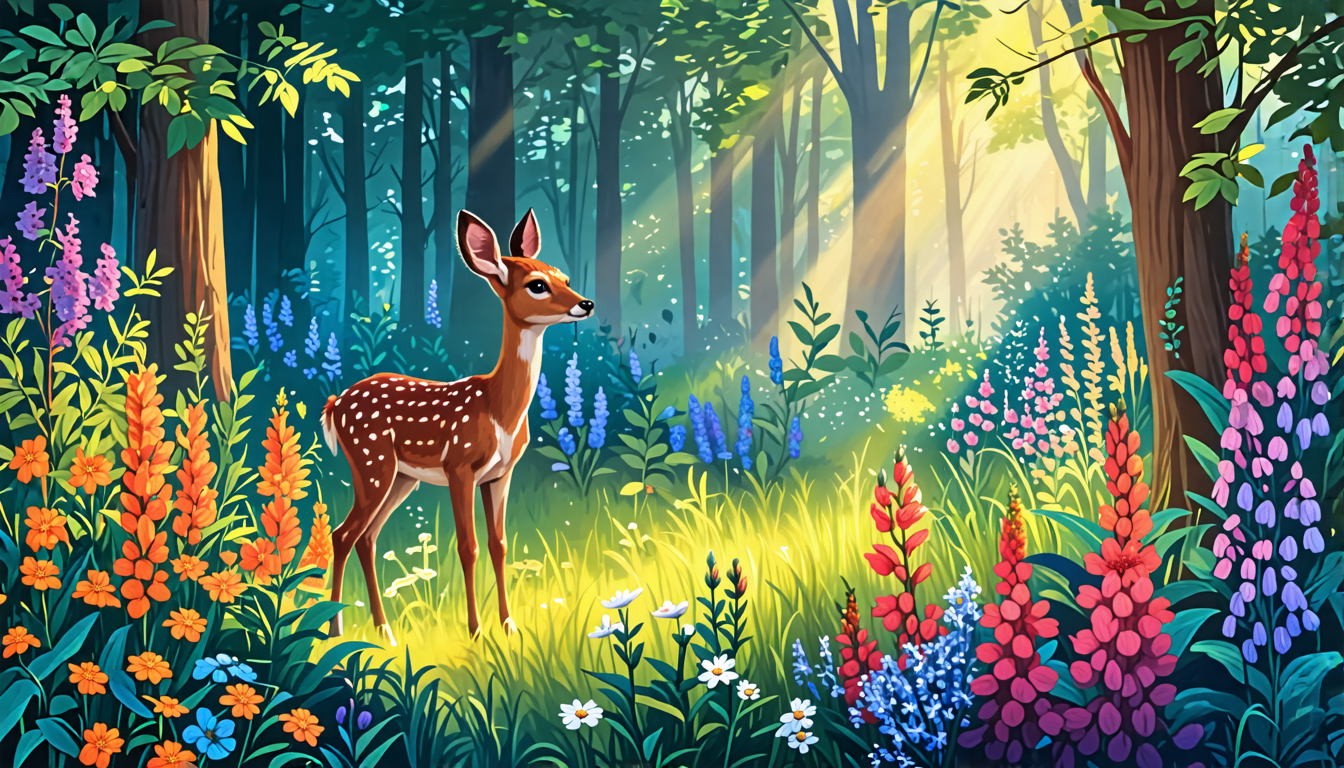
The Gardener’s Frustration: Why Deer Devour Your Hard Work
Understanding the Deer Palate
Deer are opportunistic feeders, especially in suburban areas where their natural habitats overlap with our gardens. They are particularly drawn to tender, succulent, and well-fertilized plants—often our most prized ornamentals. Seasonal changes heavily influence their behavior; scarcity in late fall and winter makes any available greenery a prime target, leading them to sample plants they might otherwise ignore.
The Real Cost of Deer Damage
The impact goes beyond nibbled leaves. Gardeners face wasted money on bulbs and plants that become expensive deer food, the heartbreak of seeing carefully nurtured blooms destroyed before they even open, and the exhausting cycle of replanting and trying one ineffective repellent after another.
The Solution: Planting Bulbs Deer Dislike
What Makes a Bulb Deer-Resistant?
Deer-resistant bulbs possess natural defense mechanisms that make them unpalatable. These include strong scents (which confuse a deer’s primary sense, smell), bitter tastes, toxic properties, or tough, fuzzy textures. These bulbs are generally not preferred by deer because they inherently lack the appealing qualities deer seek out.
Your Deer-Resistant Bulb Planting List
Spring Blooming Stars
| Bulb Name | Key Deterrent Feature |
|---|---|
| Daffodils (Narcissus) | Toxic to deer and rodents |
| Alliums (Ornamental Onions) | Strong onion/garlic scent |
| Fritillaria (Crown Imperial) | Skunk-like odor |
| Snowdrops (Galanthus) | Contain unpalatable alkaloids |
Summer & Fall Standouts
| Bulb Name | Key Deterrent Feature |
|---|---|
| Lilies (Asiatic) | Often avoided, though not all lilies are safe |
| Crocosmia | Grassy foliage and flowers are typically ignored |
| Colchicum (Autumn Crocus) | Contains toxic colchicine |
| Gladiolus | Often avoided, but not guaranteed in extreme hunger |
Deer-Resistant Bulbs vs. Deer Candy: A Direct Comparison
What to Plant (The Safe Bets)
For the highest likelihood of success, focus on Daffodils, Alliums, Fritillaria, and Snowdrops. These have proven track records for being consistently left alone by foraging deer.
What to Avoid (The Deer Buffet)
If you have a significant deer population, it’s best to avoid planting Tulips (considered deer candy), Hostas (a favorite delicacy), Daylilies (Hemerocallis), which are often heavily browsed, and Spring Crocus, which are frequently dug up and eaten.
Pro Tips for Maximizing Your Garden’s Defense
The Power of Layering and Companion Planting
Don’t just rely on bulbs alone. Interplant your deer-resistant bulbs with other resistant perennials like Lavender, Salvia, or Catmint. Creating a perimeter or underplanting with highly fragrant plants can help mask the scent of any more vulnerable plants you might have, creating a sensory barrier.
Something You Might Not Know: The “Upside-Down” Bulb Trick
For gardeners who can’t resist the allure of tulips, there’s a unique and lesser-known tactic some have tried: planting the bulbs upside down. The theory is that the sprout must re-orient itself to grow toward the sun, which stresses the plant. This stress can result in slightly less vigorous and therefore less appealing foliage and blooms to deer. While this is not a scientifically proven or guaranteed method, it’s an interesting experiment for the determined gardener facing moderate deer pressure.
Frequently Asked Questions About Deer and Bulbs
Will deer eat *any* bulb if they are hungry enough?
Yes, in times of severe food scarcity, a desperate deer may sample almost anything. However, they will always prefer their favorite foods first. These bulbs are generally not preferred by deer, making them a much safer and more reliable choice for your garden.
Are there any 100% deer-proof plants?
No plant is truly 100% “deer-proof,” as deer tastes can vary by region, season, and even individual animal preference. “Deer-resistant” is the more accurate and practical term to use when planning your garden.
Should I rely solely on bulbs, or do I need fences and repellents?
For gardens with severe deer pressure, a layered, multi-pronged approach is best. Use deer-resistant plants as your foundational first line of defense. This can be supplemented by physical barriers like fencing for the most valuable or vulnerable areas, and occasional use of odor or taste-based repellents.
When is the best time to plant these deer-resistant bulbs?
Spring-blooming bulbs like Daffodils and Alliums are planted in the fall, before the ground freezes. Summer-blooming bulbs like Lilies and Gladiolus are typically planted in the spring after the danger of frost has passed.
Final Thoughts: Reclaim Your Garden
By choosing deer-resistant bulbs, you save money, reduce frustration, and invest in a garden that can thrive alongside local wildlife. You can design a beautiful, resilient landscape full of color and interest that you get to enjoy from season to season. Remember, the core strategy is simple: by consciously selecting plants that deer naturally avoid, you can protect your gardening investment and finally reclaim your outdoor space.
